Development and prospects of the PLA Air Force
Earlier and now
Just a decade and a half ago, the Air Force of the People’s Liberation Army of China was a special spectacle. In the second half of the nineties, the parts had a fairly large number of obviously outdated equipment. In the 1996-98, according to various estimates, the Chinese Air Force had several hundred Shenyang J-6 fighter jets (a licensed copy of the Soviet MiG-19). In addition, there were some older Shenyang J-5 (MiG-17) in storage. In such a situation, several hundreds of Chengdu J-7 fighters (a copy of the MiG-21) looked like China’s last hope in the event of a full-scale conflict.
Then, in the second half of the nineties, some programs began, the implementation of which led the Chinese Air Force to a modern state. First of all, it is necessary to note the fighter Shenyang J-11. A few years before the appearance of this aircraft, Beijing agreed with Russia regarding the assembly of Su-27SK aircraft on Chinese production facilities. Later, several ambiguous events occurred, after which the Shenyang Aircraft Corporation demonstrated the J-11 aircraft, which it allegedly developed independently on the basis of the Russian design. In the large-scale production went exactly J-11.
Almost simultaneously with the Chinese Su-27SK under the symbol J-11, another fighter rose in the air - Chengdu J-10. There is an opinion that the J-10 was designed using information obtained from Israeli engineers from IAI, and therefore to some extent repeats the Lavi fighter, which has not yet reached mass production. However, this time the Chinese aircraft manufacturers deny any connection with foreign designers and continue to position the J-10 aircraft solely as an independent development authored by the Chengdu Aircraft Industry Group (CAIG).
Considering the development of the destructive component of the Chinese Air Force, it is worth mentioning the aircraft purchased from Russia. Currently, Chinese military pilots use several types of vehicles at once: Su-27SK, Su-30MKK and Su-30MK2. In terms of their number, these planes lose to fighters of any other modern type produced in China. So, according to the data of the beginning of the last 2012 of the year, the PLA Air Force had about 170-180 Su aircraft. The most massive Chinese-made fighter was Chengdu J-10 (at least 200-220 units). The Shenyang J-8 fighters (developed on the basis of MiG-21 and MiG-23) remained in second place, near the 220-230 aircraft. Copies of the Su-27SK - Shenyang J-11, which by the beginning of last year collected more than 160-170, slightly lagged behind them.
The exact number of legacy fighter jets available in troops and in storage remains unknown. According to various estimates, their number ranges from several hundred to several thousand. Similarly, there is no reliable information about their future. The Chinese command is not sharing its plans, and therefore there are at the same time different versions, according to which the outdated equipment will be gradually written off and disposed of; leave what is called a rainy day; or converted into target aircraft or unmanned aerial vehicles of other types.
Against the background of active renovation of the material part of the fighter units of the Chinese Air Force, the state of bomber aircraft looks quite interesting. Currently, China has only one type of long-range bombers - Xian H-6. These aircraft are a licensed copy of the Soviet Tu-16 and serve since the late fifties. It is worth noting that the H-6 was exploited not only in China, but also in Iraq and Egypt, the latter of which was written off as early as 2000. In the PLA Air Force there are about 120-130 H-6 bombers and about a dozen HY-6 tankers built on their base. Information on the creation of a new aircraft of a similar purpose is missing, and therefore the future of the H-6 looks worse and worse every year, and the development strategy of long-range aviation in China leaves a lot of questions in general.
Slightly better is the situation with specialized assault aircraft. The units contain more than two hundred Nanchang Q-5 attack aircraft, created over forty years ago. They are constantly being upgraded, but are now considered obsolete. In addition, not so long ago, one of the foreign operators refused Q-5. In the spring of 2011, Pakistan ended the write-off of its attack aircraft purchased from China. Several dozen of these aircraft still serve in some Asian countries.
Current projects
Over the next years, the old equipment will be written off, and instead of it, the combatant units will receive aircraft of new models. So, recently there has been a lot of talk about the Shenyang J-11B fighter, which is a deep upgrade of the J-11 / Su-27SK. According to some sources, the mass production of the J-11B began in the second half of the two thousand years, and to date, produced several dozen such aircraft. Also provides information on the conversion of the original J-11 in a modernized version with the letter "B".
The second Chinese project, on which great hopes are placed, is the deck fighter Shenyang J-15. According to official Chinese data, this aircraft is a development of the previous ground J-11, but in near-aviation circles the Soviet T-10K aircraft (prototype Su-33) is considered to be the basis for it (and not without reason). Currently, J-15 is being tested, including on the Liaoning aircraft carrier. Start of mass production of the first Chinese carrier-based fighter is scheduled for 2015 year. Considering the information currently available, it can be assumed that several dozen such aircraft will be assembled to equip the first Chinese aircraft carrier. After that, if China starts building its aircraft carriers, production of the J-15 may continue.
In recent years, China has launched two projects to create a fifth-generation fighter. At the beginning of 2011, CAIG launched the first prototype of the J-20 fighter. Since that time, at least three or four prototypes had been built, which made a total of several dozen flights. The characteristics of J-20 are still classified, and all available data are purely evaluative. The only reliable information concerns the timing of the start of production and operation. The first J-20 will go to the troops no earlier than 2016-17.
Last autumn of the 2012, the first flight of another promising fifth-generation fighter, the Shenyang J-31, took place. Earlier, at one of the Chinese aviation exhibitions, the model of the F-60 was demonstrated, the outlines of which strongly resembled the new J-31. As a result, the assumption appeared that J-31 is a modified version of the F-60. From the materials shown at the exhibition, conclusions were also made about the approximate characteristics of the promising fighter. However, there is no official J-31 data yet. There is evidence of the existence of two prototype aircraft and the possible construction of at least one more. Information on the timing of the completion of development and refinement, as well as the start of mass production has not yet become public knowledge.
It is easy to see that the air forces of the People’s Liberation Army of China are moving to a modern method of equipping them with equipment. Several types of aircraft are used in the troops, and the number of each of them does not exceed a couple of hundred. Those times when military pilots simultaneously used several thousand of the same type of machines, have passed for China. This fact may serve as evidence in favor of the version about the development of the qualitative component of the Air Force, and not the quantitative one. Indeed, the available information about the characteristics of modern Chinese aircraft directly speak of their significant superiority over the technique of previous years.
In addition, do not forget helicopters and auxiliary aircraft. So, during the last time, PLA Air Force received 60 attack helicopters WZ-10. They cannot be considered fully Chinese (the Russian company Kamov played a leading role in the development of the project), but it is these machines that will soon become the basis of attack helicopter units and will replace the previous models of the same purpose. It is noteworthy that the total number of attack helicopters in the troops (Harbin Z-9 and Changhe Z-11) slightly exceeds the number of ordered WZ-10 and is no more than 70-80 units.
Auxiliary aircraft of the Chinese Air Force has several hundred aircraft of various models, assembled at Chinese enterprises and ordered abroad. Thus, the fleet of transport aircraft allows you to carry a wide range of cargoes of different weights and configurations. At the same time, the Shijiazhuang Y-5 lightweight aircraft (a copy of the Soviet An-2) is the most popular transporter, and the most recent is the latest modifications of the Shaanxi Y-8 machine. China has high hopes for the new project Xian Y-20. The PLA Air Force has experience in operating Soviet and Russian Il-76 aircraft, which is why they have expressed a desire to get a similar machine of domestic production. At the end of January of the current 2013, the Y-20 first took to the air. Start of operation is planned for 2017-18 years. After the start of the service, Xian Y-20 will become the Chinese Air Force's most lifting aircraft - it will be able to transport up to 60-65 tons.
It is necessary to note one more important direction, characteristic of the modern air force and being developed by China at the present time. At the beginning of the two thousand years, with a break of several years, three types of long-range radar detection aircraft were built in a small series: KJ-200, Y-8X and Y-8J. A characteristic feature of these aircraft was the choice of base machines. As a basis for KJ-200, Chinese engineers took Russian IL-76, for the rest, another modification of the Y-8 aircraft, created on the basis of the Soviet An-12. Thus, in the foreseeable future, China will retain the possibility of building long-range radar detection aircraft, while machines similar to KJ-200 will receive a new base in the form of a Y-20 of their own Chinese construction. In the light of these data, regular, but not yet confirmed, recent rumors, according to which a certain radar detection aircraft is already being designed and its construction will begin soon, look interesting.
Future
Appropriate conclusions can be drawn from the current state of the PLA Air Force. In total 15-20 years ago, this branch of the armed forces of China could not be called modern, even with great stretch. The Chinese aviation industry has reasonably disposed of the time available and now China’s military aviation represents at least one of the largest forces in the East Asian region. Now, all the actions of the official Beijing and industry say that in the future the outlined increase in the quantity and quality will continue. The result of this could be China’s entry into world military aviation leaders.
However, when discussing the prospects for China, we should not forget the fact that other countries are also not standing still and in every possible way try to use the available advantages wisely. Therefore, so far it is possible to speak with confidence only about the entry of Chinese aircraft manufacturers to the world level and about future attempts to compete with recognized industry leaders. It is unlikely that it will be easy, because the latest developments of the Chinese aviation industry are often based on foreign projects, copied and modified accordingly. This allows you to build reasoning on the possibility or impossibility of China’s self-creation of aviation technology, and these considerations do not look too positive.
If we judge only by the state of the air force, then China is unlikely to become a world leader in the coming years or even decades. However, he is fully capable of permanently fixing himself on the “post” of the aviation leader of his region. Of all the countries of East Asia, only China has a sufficiently developed aviation industry, capable of independently developing new equipment, even if based on the existing foreign technology. This fact can be considered a good competitive advantage. Therefore, other countries of the East Asian region should pay great attention to the development of their air force and air defense, so as not to lag behind the growing and gaining neighbor.
On the materials of the sites:
http://globalsecurity.org/
http://defense-update.com/
http://sinodefence.com/
http://china-defense.blogspot.hu/
http://flightglobal.com/
http://asianmilitaryreview.com/
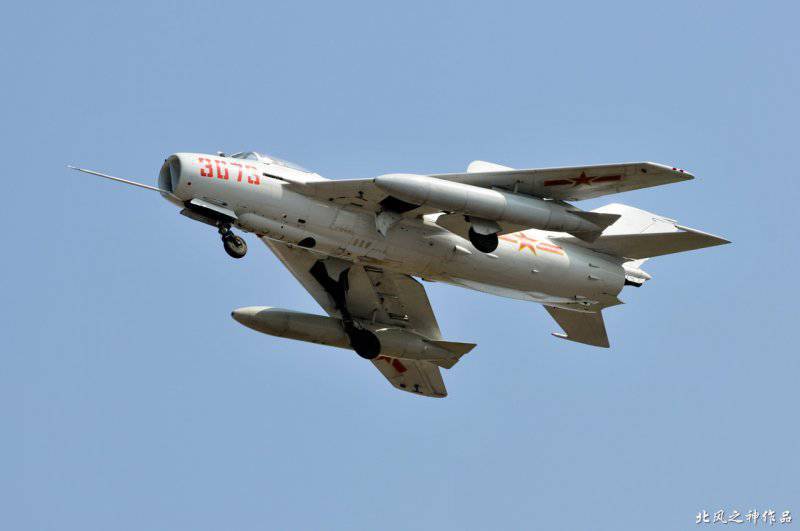
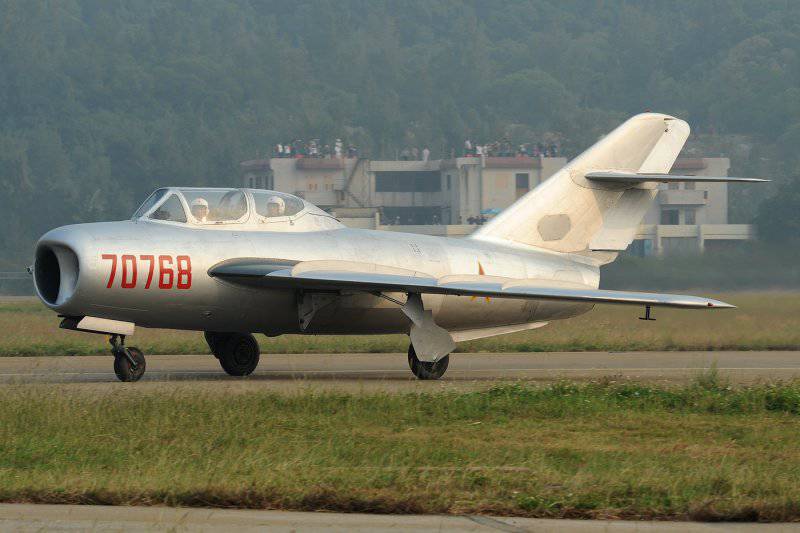
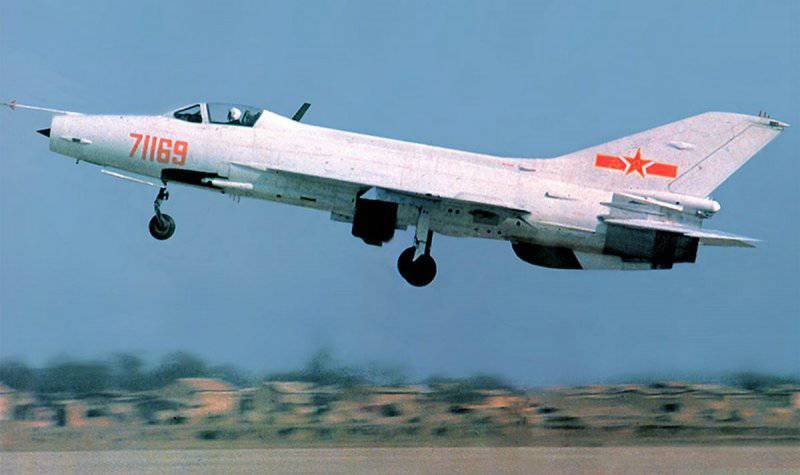
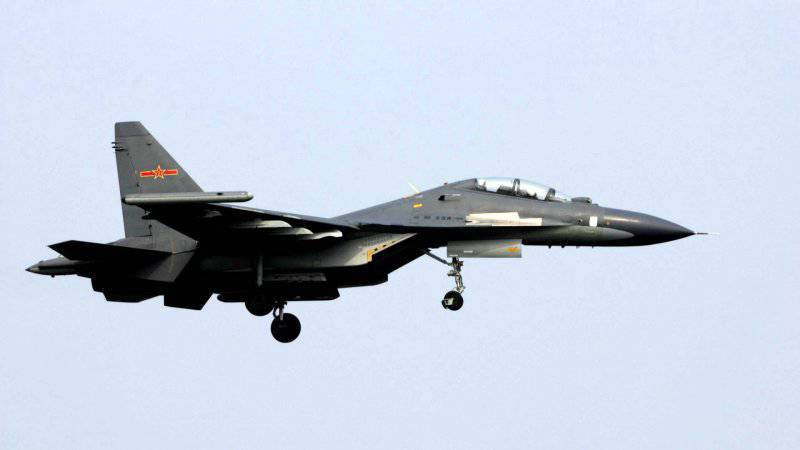
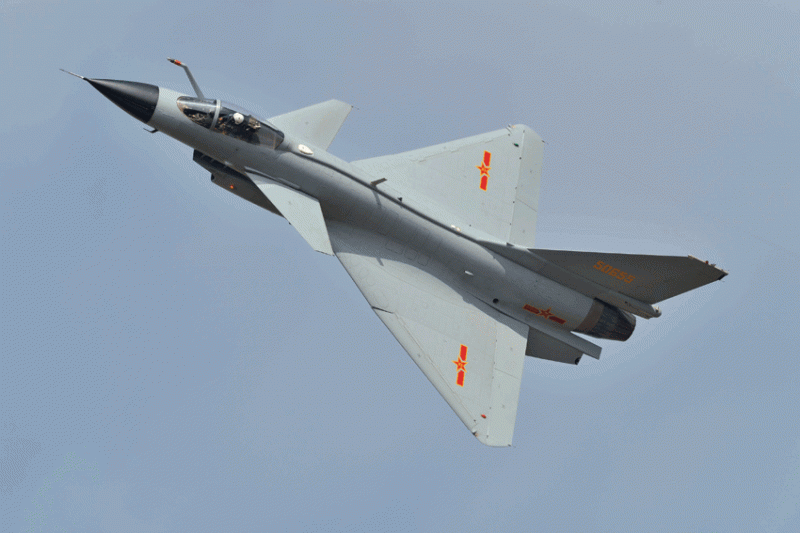
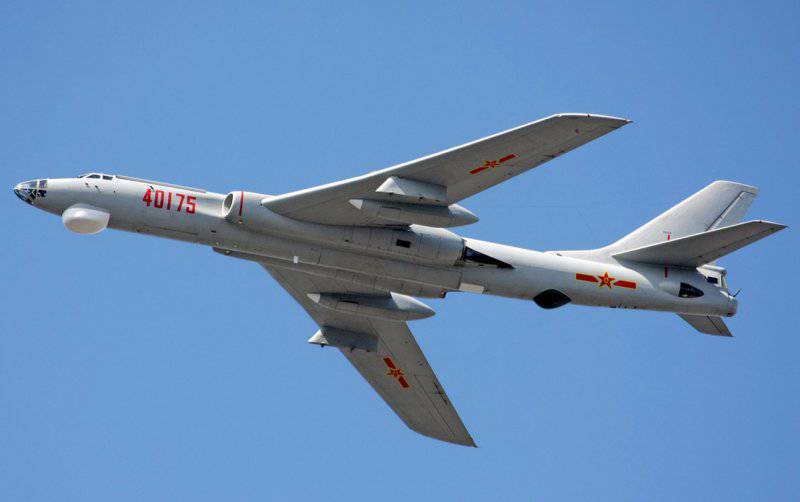
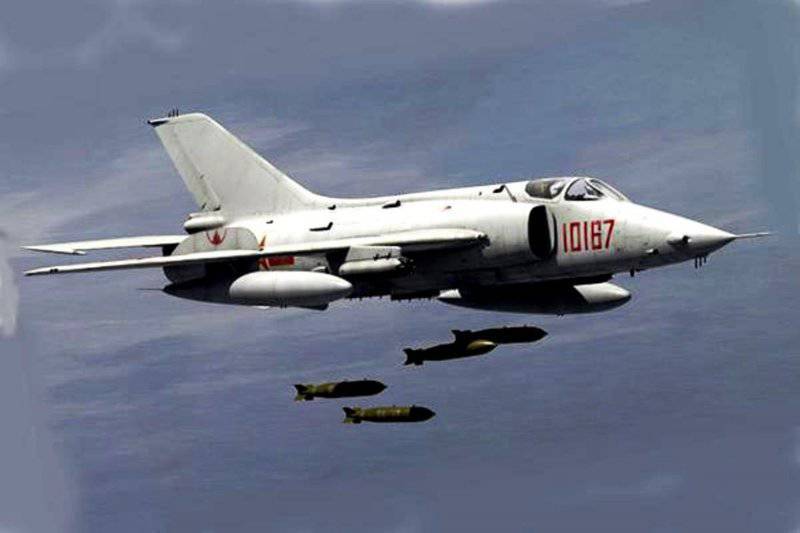
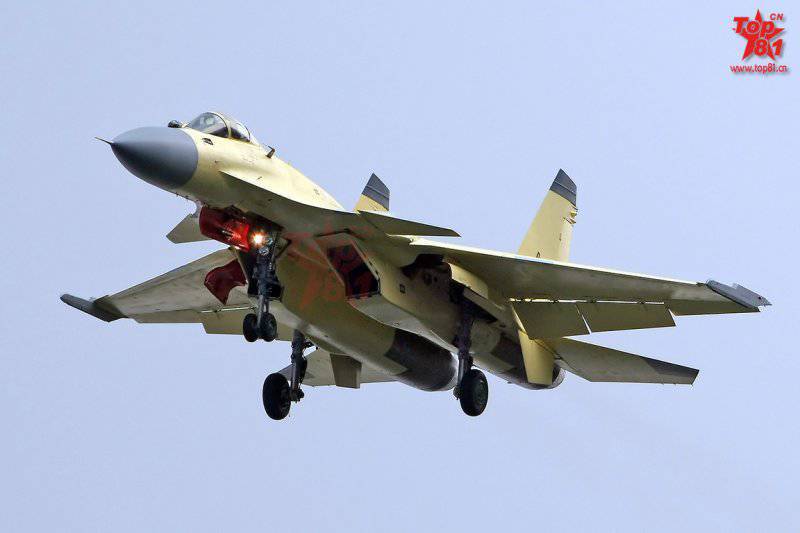
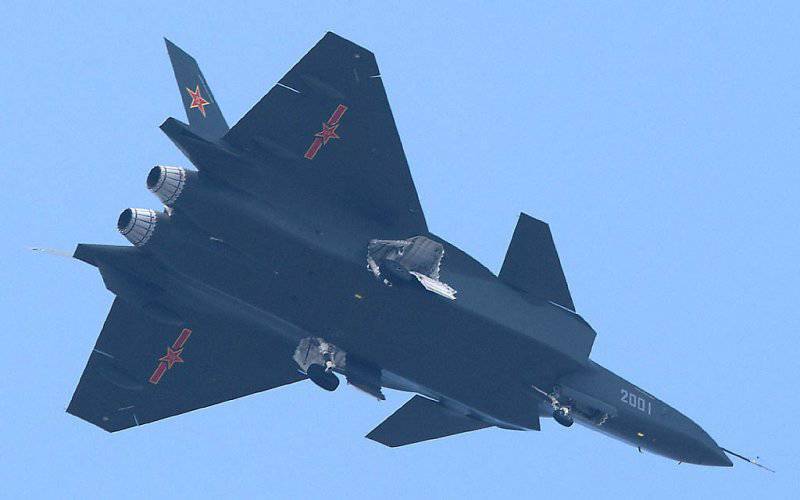
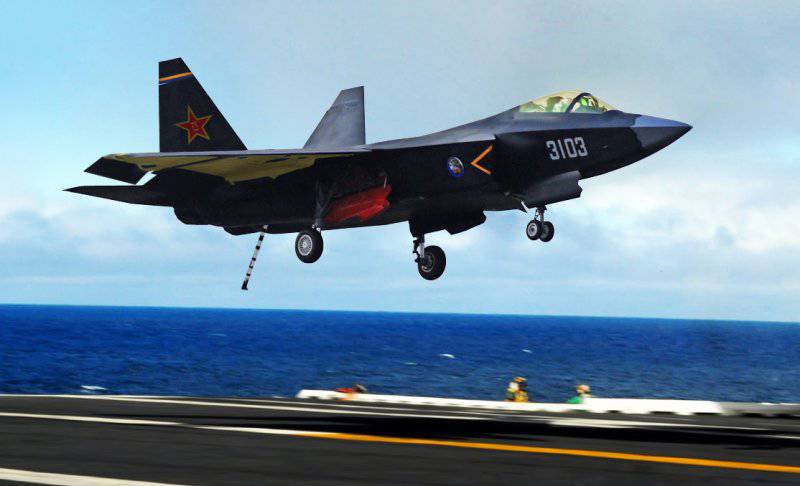
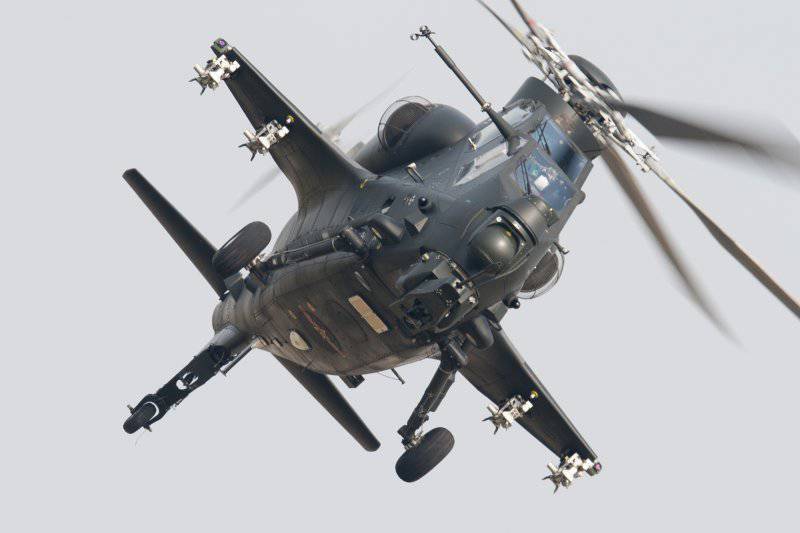
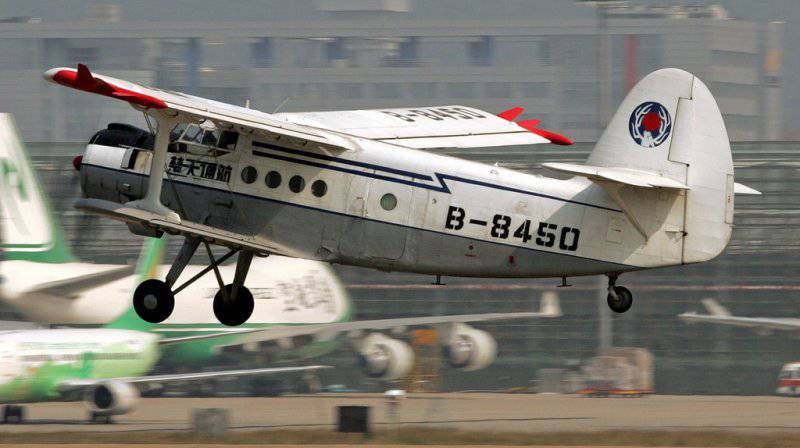
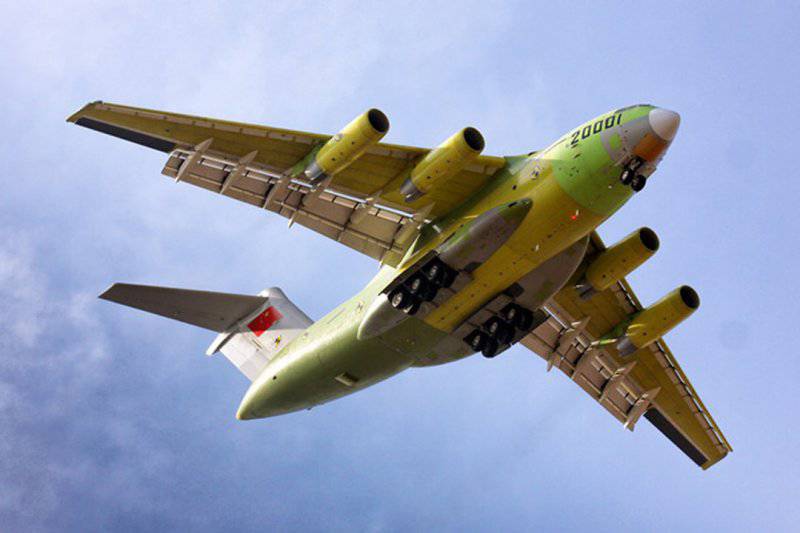
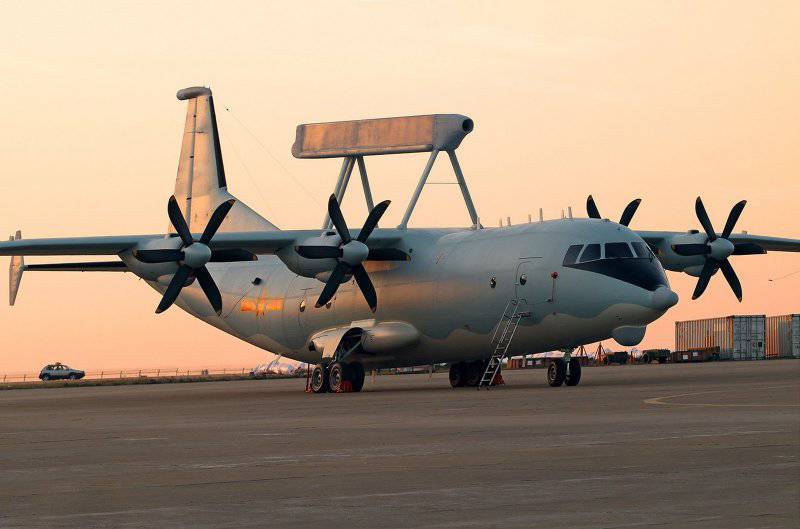
Information